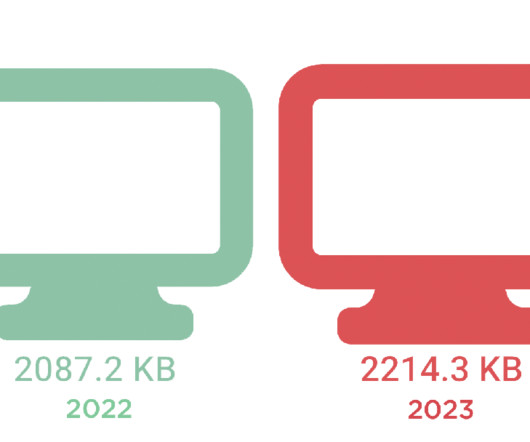10 tips for migrating from monolith to microservices
Dynatrace
OCTOBER 2, 2023
Limits of a lift-and-shift approach A traditional lift-and-shift approach, where teams migrate a monolithic application directly onto hardware hosted in the cloud, may seem like the logical first step toward application transformation. Use SLAs, SLOs, and SLIs as performance benchmarks for newly migrated microservices.





















Let's personalize your content